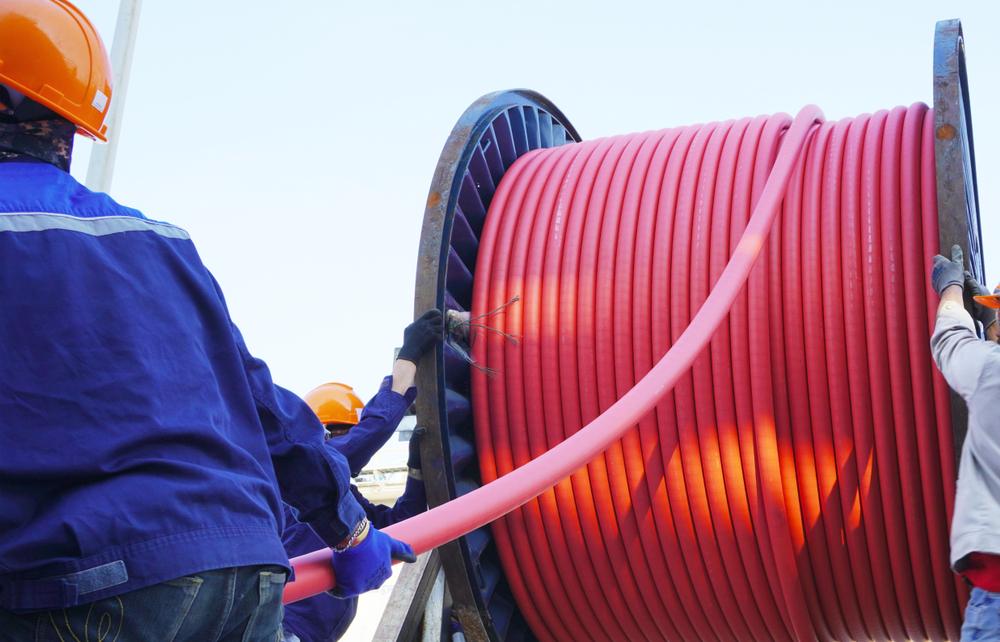High-voltage cables play a critical role in transmitting electricity safely and efficiently over long distances, making them essential components of electrical infrastructure. However, manufacturing high-voltage cables requires precision, adherence to standards, and attention to detail to ensure optimal performance and safety. In this article, we’ll explore some of the biggest mistakes that high-voltage cable manufacturers can make and provide insights on how to avoid them to maintain quality, reliability, and compliance with industry standards.
1. Neglecting Quality Control Processes
One of the most significant mistakes high voltage cable manufacturers can make is neglecting quality control processes. Without rigorous quality control measures, manufacturers risk producing cables that may fail to meet performance standards, leading to safety hazards and costly repercussions. To avoid this mistake, manufacturers should implement comprehensive quality control processes at every production stage, including material inspection, manufacturing processes, and final product testing.
2. Ignoring Regulatory Compliance
Compliance with regulatory requirements and industry standards is another common mistake that high-voltage cable manufacturers can make. Ignoring regulatory compliance compromises the safety and reliability of cables and exposes manufacturers to legal liabilities and reputational damage. To prevent this mistake, manufacturers must stay updated on relevant regulations and standards governing high-voltage cable manufacturing and ensure that their products meet or exceed these requirements.
3. Cutting Corners on Material Quality
Using substandard materials in high-voltage cable manufacturing is a grave mistake that can compromise the integrity and performance of the cables. While cutting corners on material quality may seem cost-effective in the short term, it can lead to premature cable failures, equipment damage, and safety hazards in the long run. To avoid this mistake, manufacturers should prioritize sourcing high-quality materials from reputable suppliers and conduct thorough material testing to ensure compliance with specifications and standards.
4. Overlooking Proper Training and Certification
Another critical mistake that high-voltage cable manufacturers can make is overlooking the importance of proper training and certification for their workforce. Without adequate training and certification, production staff may lack the necessary skills and knowledge to perform their roles effectively, resulting in errors, inefficiencies, and quality issues. To mitigate this risk, manufacturers should invest in comprehensive employee training programs and ensure that relevant certifications are obtained and maintained.
5. Neglecting Testing and Validation
Failing to conduct comprehensive testing and validate high-voltage cables is a significant mistake that can compromise their performance and reliability. Without proper testing, manufacturers cannot guarantee the safety and quality of their products, leaving them vulnerable to failures and defects. To avoid this mistake, manufacturers should implement robust testing protocols, including type tests, routine tests, and sample testing, to validate the performance and compliance of their cables before they are deployed in the field.
6. Lack of Continuous Improvement
High voltage cable manufacturing is a dynamic and evolving field, and failing to embrace continuous improvement is a mistake that can hinder manufacturers’ competitiveness and innovation. Without a culture of continuous improvement, manufacturers may fall behind competitors and miss out on opportunities to enhance product quality, efficiency, and customer satisfaction. To avoid this mistake, manufacturers should actively seek customer feedback, monitor industry trends, and invest in research and development to drive innovation and excellence.
7. Poor Communication and Collaboration
Ineffective communication and collaboration within the manufacturing organization can lead to misunderstandings, delays, and quality issues, ultimately impacting the success of high-voltage cable projects. Lack of communication between departments, suppliers, and customers can result in errors, rework, and missed deadlines. To prevent this mistake, manufacturers should foster a culture of open communication and collaboration across all levels of the organization, ensuring that everyone is aligned with project goals and expectations.
8. Neglecting Customer Feedback and Satisfaction
Ignoring customer feedback and satisfaction is a critical mistake that can damage manufacturers’ reputation and credibility in the market. Customer feedback provides valuable insights into product performance, quality, and service levels, helping manufacturers identify areas for improvement and address customer concerns. To avoid this mistake, manufacturers should actively solicit customer feedback, respond promptly to inquiries and complaints, and take proactive measures to enhance customer satisfaction and loyalty.
The Bottom Line
Manufacturing high voltage cables requires meticulous attention to detail, adherence to standards, and a commitment to quality and safety. By avoiding common mistakes such as neglecting quality control processes, ignoring regulatory compliance, cutting corners on material quality, overlooking proper training and certification, neglecting testing and validation, lacking continuous improvement, poor communication and collaboration, and neglecting customer feedback and satisfaction; manufacturers can maintain high standards of excellence and deliver reliable, high-quality cables that meet the needs of their customers and contribute to the reliability and safety of electrical infrastructure.
